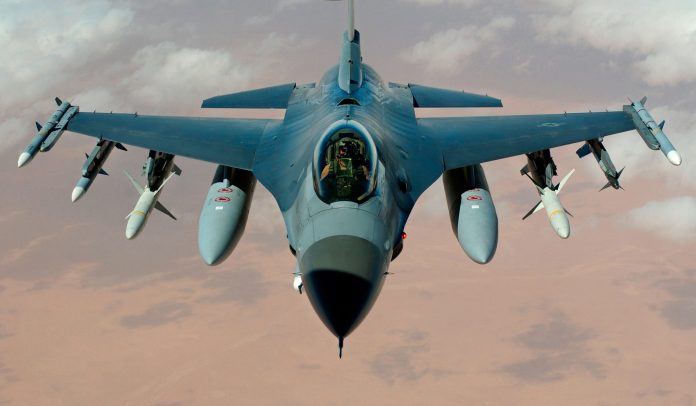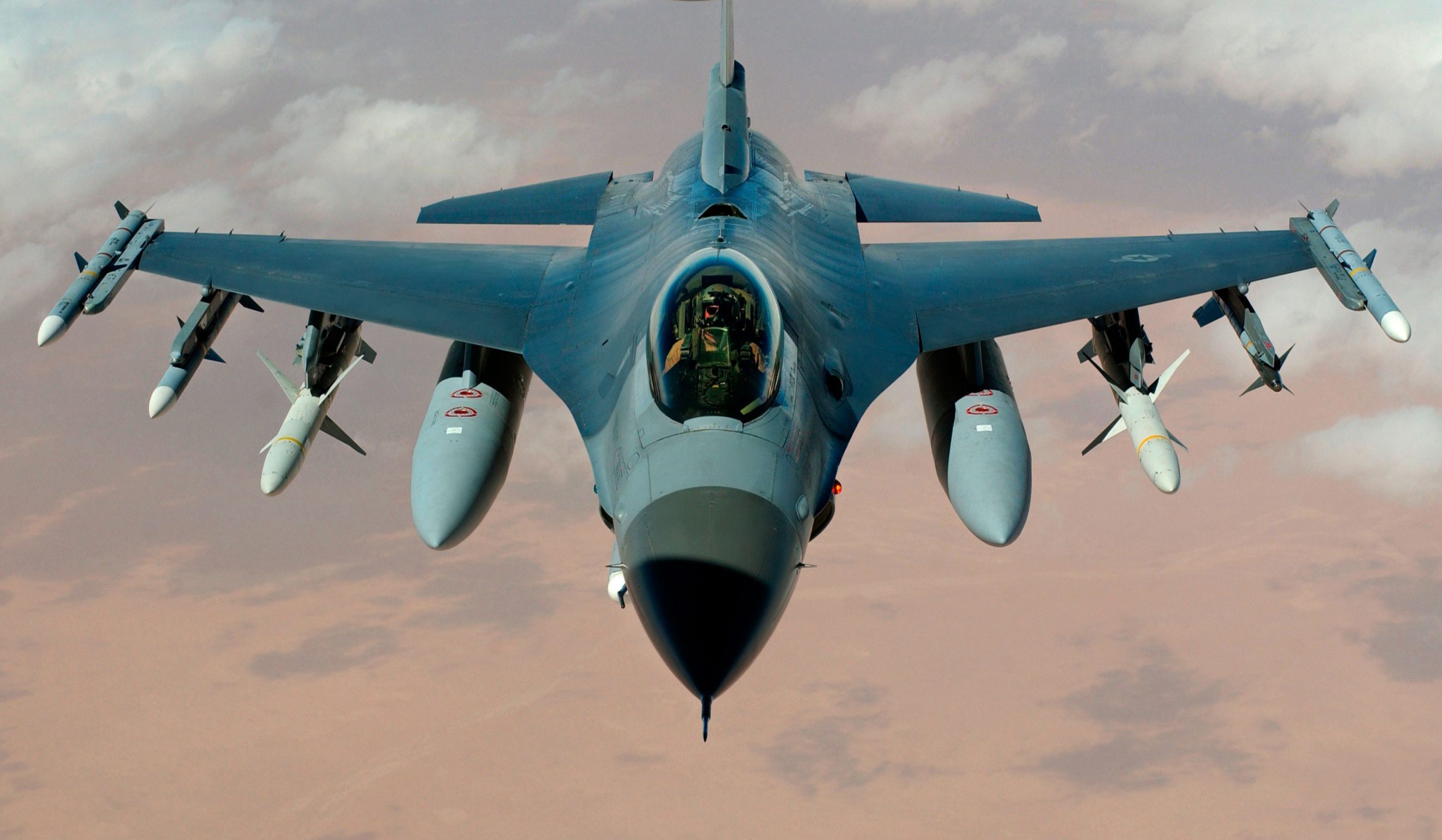
Ukraine’s airspace is poised to echo with the roar of F-16 Fighting Falcons as NATO countries prepare to deliver around sixty of these sophisticated fighters to the Ukrainian forces in the upcoming months.
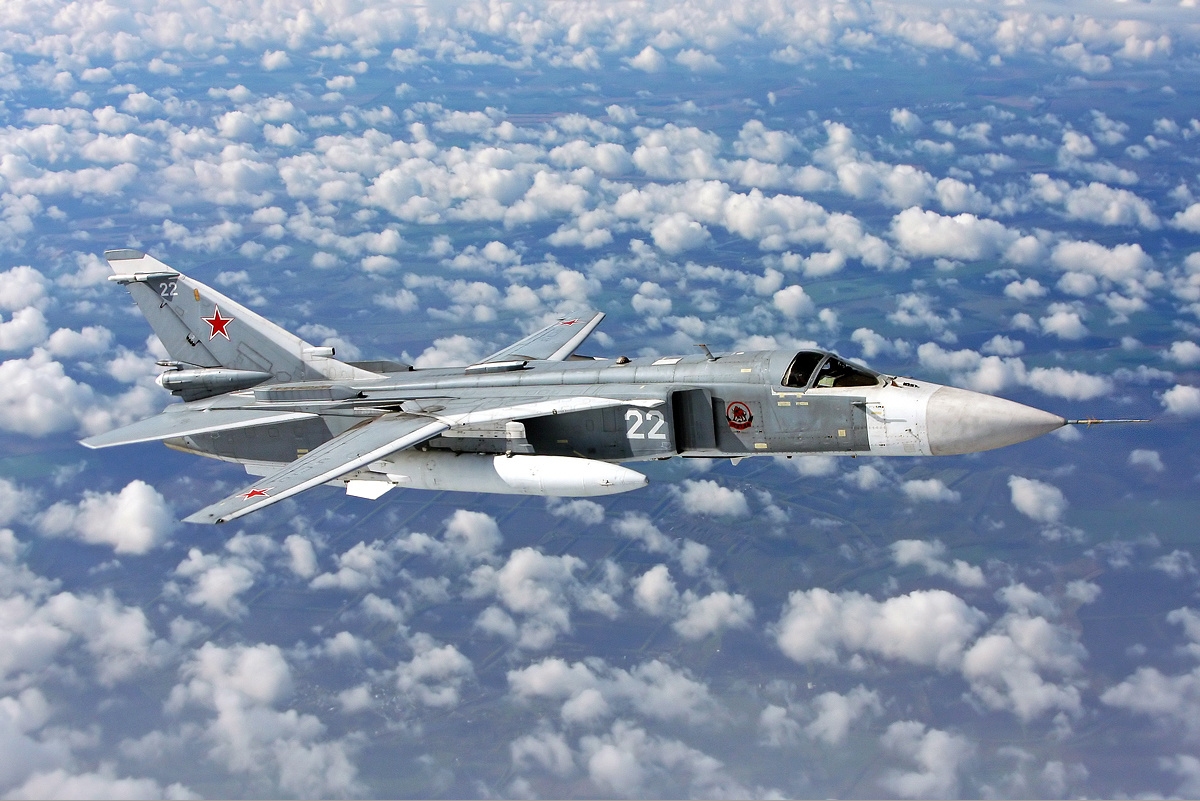
This delivery marks a significant upgrade from Kyiv’s existing fleet of Soviet-era MiG-29s and Su-24s, with the F-16s expected to provide a more level playing field against Russia’s more technologically advanced Su-35 aircraft.
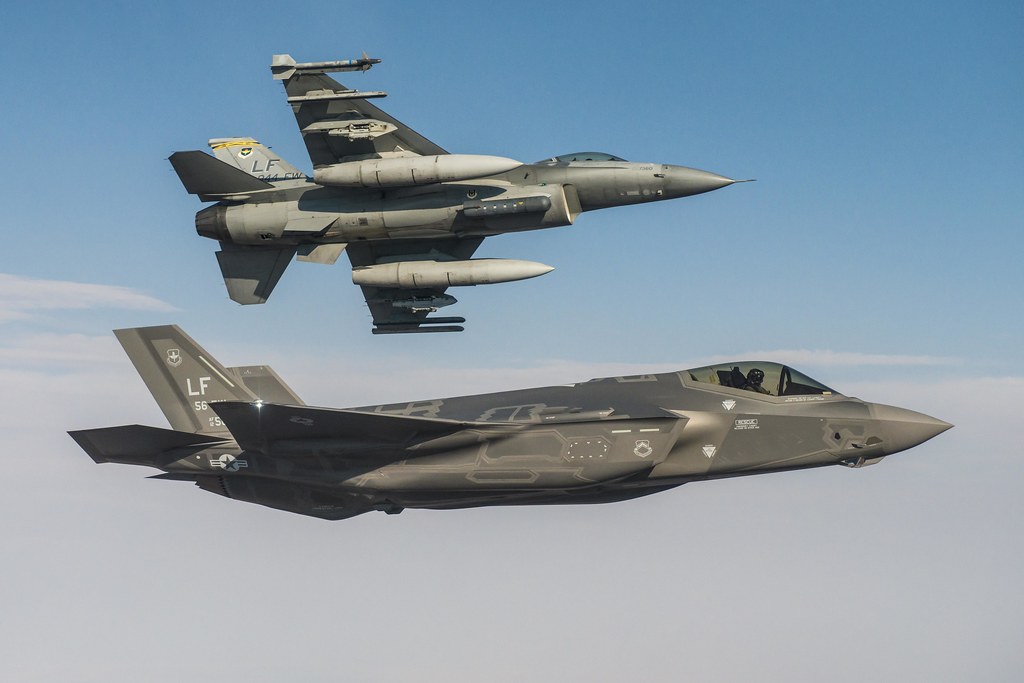
The first batch of F-16s, sourced from Belgium, Denmark, the Netherlands, and Norway, is anticipated to arrive as early as June, coinciding with the graduation of Ukrainian pilots from their comprehensive training programs.
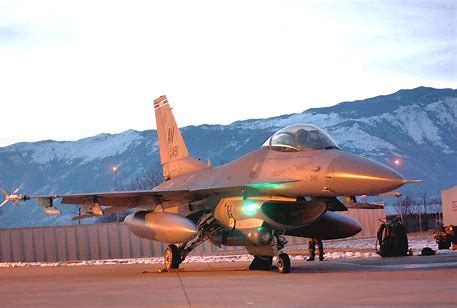
Training for the F-16s involves an intensive course covering air-to-air and air-to-ground combat principles, culminating in a “checkride” to validate the pilots’ skill level and ability to manage emergency procedures.
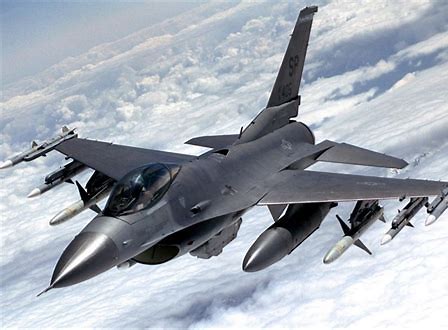
The F-16’s unique capabilities extend beyond combat, enabling it to serve multiple roles, including air defense and ground support.
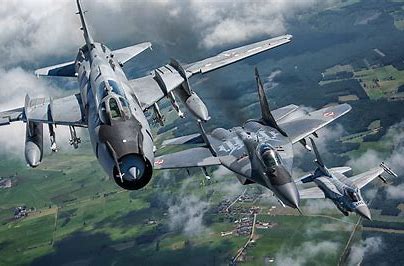
Its advanced radar, munitions, and human-machine interface allow for informed, rapid decision-making and engagement with targets over considerable distances.
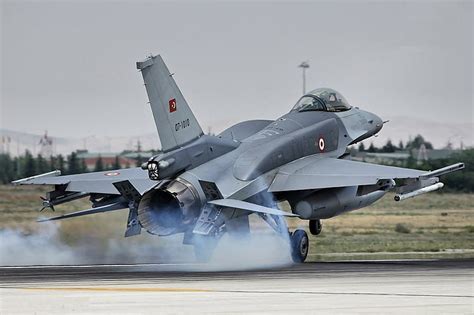
Moreover, the F-16’s integration within localized air defense systems will further align Ukraine militarily with Western partners.
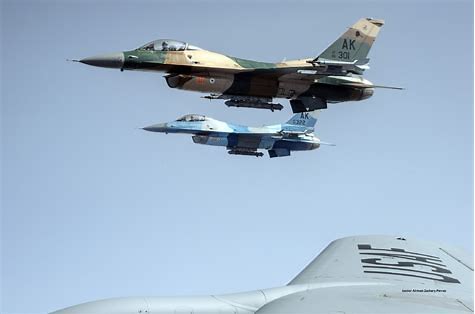
Despite the strategic advantages, the introduction of F-16s into Ukraine’s military arsenal necessitates an extensive support and logistics infrastructure.
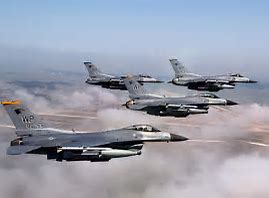
The Ukraine Defense Contact Group, a consortium of defense and military leaders from around fifty countries, is committed to ensuring that Ukraine has not only an airworthy fleet of fighter aircraft but also the necessary personnel, equipment, and spare parts.
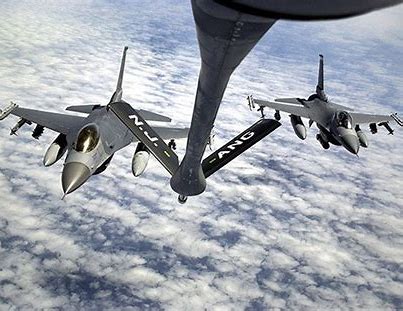
This support is crucial as any disruption in supply chains or lack of preparedness could ground the F-16s within months.
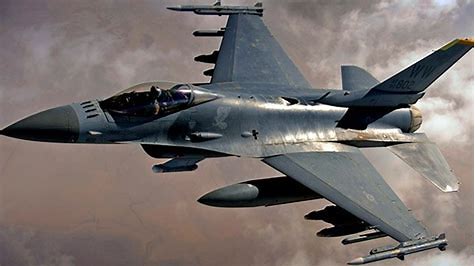
Meanwhile, Russia has raised concerns about the deployment of F-16s, claiming them to be nuclear-capable and considering their delivery as a “purposeful provocation.”

Despite such assertions, it’s worth noting that some Soviet-era warplanes currently used by Ukraine are also capable of carrying nuclear weapons.
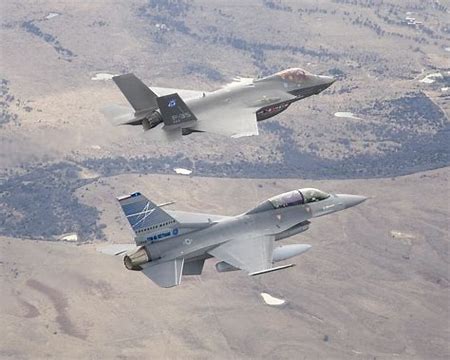
However, Ukraine does not possess nuclear weapons, adhering to the Treaty on the Non-Proliferation of Nuclear Weapons since its independence in 1994.
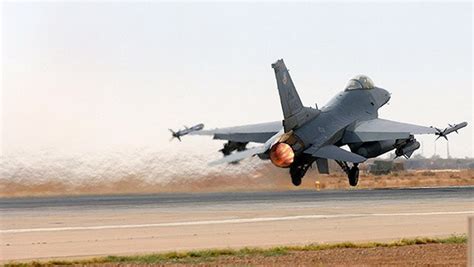
As the conflict evolves, the F-16s could disrupt Russian air operations near the battle front, but experts caution that infrastructure for such complex weapon systems takes years to develop, making their immediate impact on the war measured over a longer term.
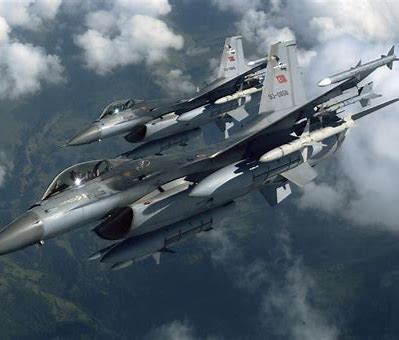
The inclusion of F-16s in Ukraine’s arsenal will indeed enhance its defensive and offensive capabilities, potentially altering the aerial dynamics of the ongoing conflict.
Relevant articles:
– Ukraine all set to receive U.S Made F-16’s Fighter Jets from NATO Nations: Sources , The Times of India, 05/13/2024
– Russia is raising a stink about F-16s in Ukraine by saying they’re nuclear-capable, even though the types of warplanes already deployed there can carry nukes, Yahoo News UK, 05/11/2024
– US gives new $400mn military aid to Ukraine; Kyiv to get its first F-16 jets soon, WION, 05/10/2024
– Ukraine war latest: Moscow claims control of nine villages – as Putin’s surprise reshuffle hints at ‘serious instability’ in Kremlin, Sky News, 05/10/2024
